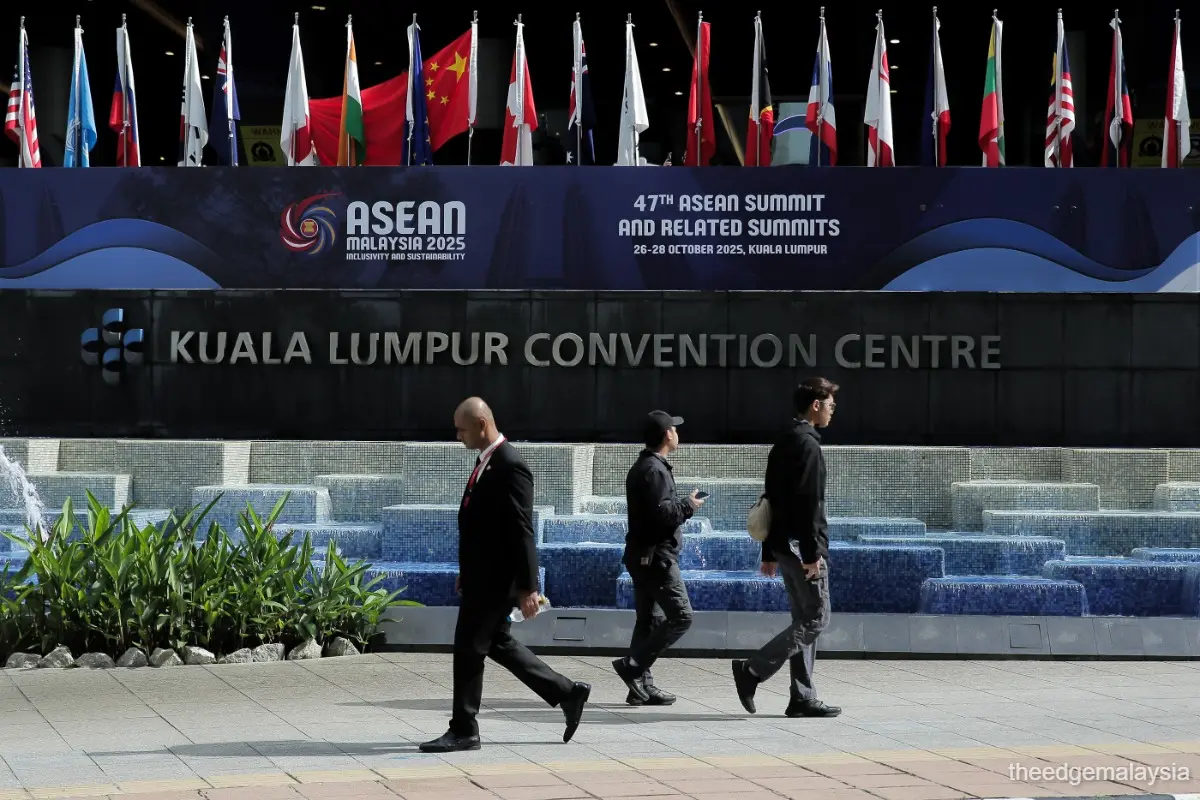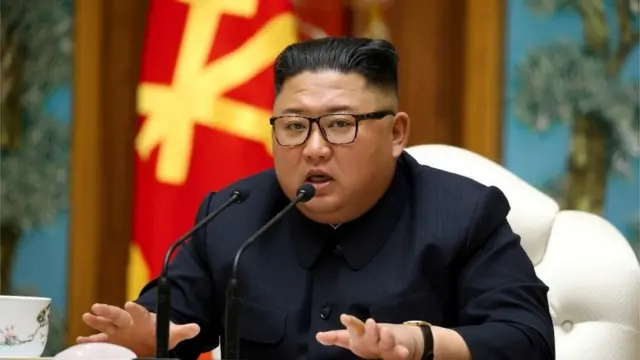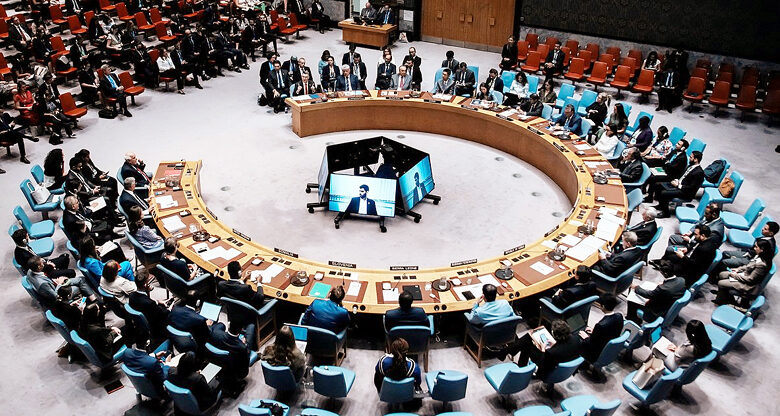Global leaders to converge as ASEAN seeks to balance growth, stability, and geopolitics in a changing world
New Delhi | The 47th ASEAN Summit, themed “Inclusiveness and Sustainability,” will be held from October 26 to 28, 2025, in Kuala Lumpur, Malaysia, bringing together heads of state, policymakers, and global leaders to deliberate on regional integration, sustainable growth, and emerging geopolitical challenges. As the ASEAN Chair for 2025, Malaysia has prioritized inclusive development, environmental resilience, and regional cooperation as the central agenda for this year’s summit.
A Confluence of Global Powers
This year’s ASEAN Summit is expected to see participation from ten ASEAN member nations — Brunei, Cambodia, Indonesia, Laos, Malaysia, Myanmar, the Philippines, Singapore, Thailand, and Vietnam — along with major dialogue partners such as the United States, China, Japan, South Korea, India, Australia, and Russia. The presence of several global leaders, including former U.S. President Donald Trump, underlines the forum’s growing international importance beyond Southeast Asia.
However, Prime Minister Narendra Modi will not be attending in person due to prior commitments. India will instead be represented by its External Affairs Minister, reaffirming New Delhi’s continued engagement with the ASEAN bloc. Reports suggest that Modi may address the summit virtually.
A Platform for Dialogue and Diplomacy
At its core, ASEAN aims to strengthen political-security, economic, and socio-cultural cooperation among its members. As Malaysia leads the bloc this year, it faces both opportunities and challenges — the chance to enhance ASEAN’s global economic relevance and the challenge of navigating U.S.-China competition, supply chain disruptions, climate change, and internal political instability in the region.
The summit will also deliberate on key regional flashpoints such as the South China Sea dispute, the Myanmar crisis, and broader issues of trade, digital connectivity, and climate sustainability. The inclusion of external partners like India, the U.S., and China reflects ASEAN’s growing importance as a hub for global dialogue and diplomacy.
The Core Agenda: Building an Inclusive, Sustainable Future
The theme “Inclusiveness and Sustainability” highlights ASEAN’s commitment to ensuring that economic progress benefits all communities while addressing the region’s pressing environmental and social challenges. The agenda will include discussions on:
- Maritime and security disputes in the South China Sea
- The ongoing humanitarian and political crisis in Myanmar
- Strengthening regional supply chains and trade integration
- Accelerating digital transformation across ASEAN economies
- Advancing climate action, green finance, and sustainable investments
Alongside the main summit, the ASEAN Business and Investment Summit 2025 will also take place on October 25–26, where top global CEOs and business leaders will explore trade, investment, and digital innovation opportunities.

ASEAN at a Crossroads
As global power dynamics shift, ASEAN finds itself at the epicenter of U.S.-China strategic competition. Both powers are vying for influence in the Indo-Pacific region, making ASEAN’s diplomatic balancing act critical. The presence of Trump and senior representatives from China and Russia will further test ASEAN’s ability to uphold its long-standing principle of “ASEAN Centrality” — ensuring that decision-making remains within the bloc, free from external dominance.
At the same time, the bloc faces internal asymmetries in development, political systems, and economic capacity among its members. Malaysia’s leadership this year will seek to bridge these gaps through regional programs emphasizing digital economy frameworks, green technology, and sustainable finance mechanisms.
India’s Role and Strategic Significance
For India, the summit carries significant strategic weight. As part of its Act East Policy, India views ASEAN as a vital partner for economic, cultural, and maritime cooperation. With a Comprehensive Strategic Partnership already in place, New Delhi aims to deepen connectivity, digital partnerships, and defense cooperation with the region.
While the Prime Minister’s absence has drawn attention, India’s active engagement through its foreign minister signals a continued commitment to ASEAN-led initiatives. India’s participation also reinforces its goal of ensuring a free, open, and inclusive Indo-Pacific, aligned with ASEAN’s central vision.
Navigating Uncertainty: Challenges and Prospects
The 47th ASEAN Summit is taking place at a time of heightened geopolitical uncertainty, economic volatility, and climate urgency. The outcomes of this summit will likely shape ASEAN’s trajectory for the next decade — whether it emerges as a cohesive regional force or remains divided under the influence of competing powers.
If tangible progress is achieved — through strategic agreements, investment commitments, and collaborative frameworks — the 2025 summit could mark a turning point for ASEAN, transforming it into a more assertive and resilient global player. Conversely, if it remains limited to diplomatic rhetoric without actionable outcomes, ASEAN risks missing a crucial opportunity to define its future direction.
In essence, the 47th ASEAN Summit represents more than a regional meeting — it’s a global dialogue on how inclusiveness, sustainability, and cooperation can anchor Asia’s role in a rapidly changing world.






